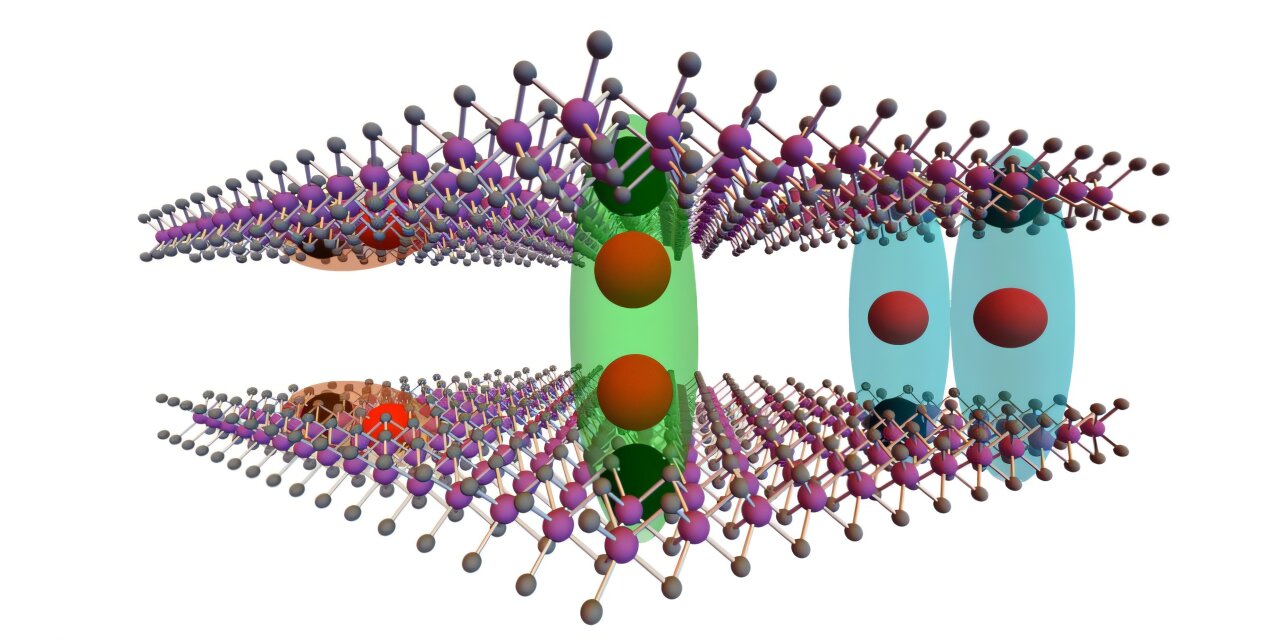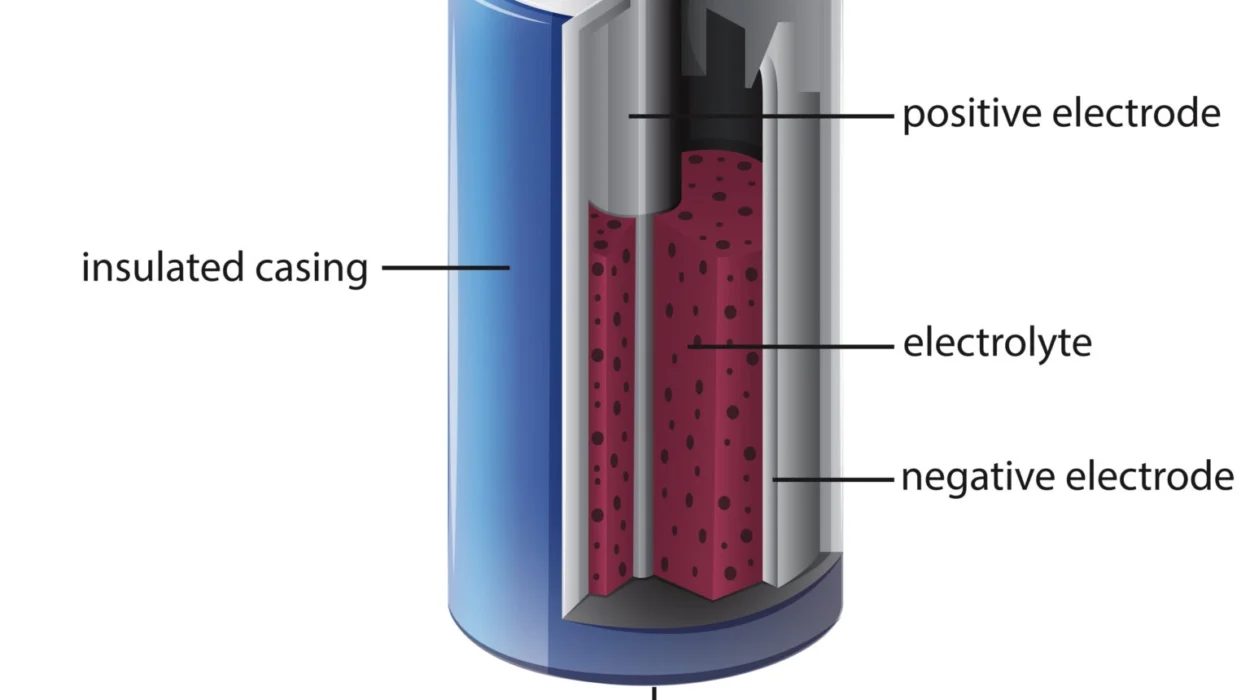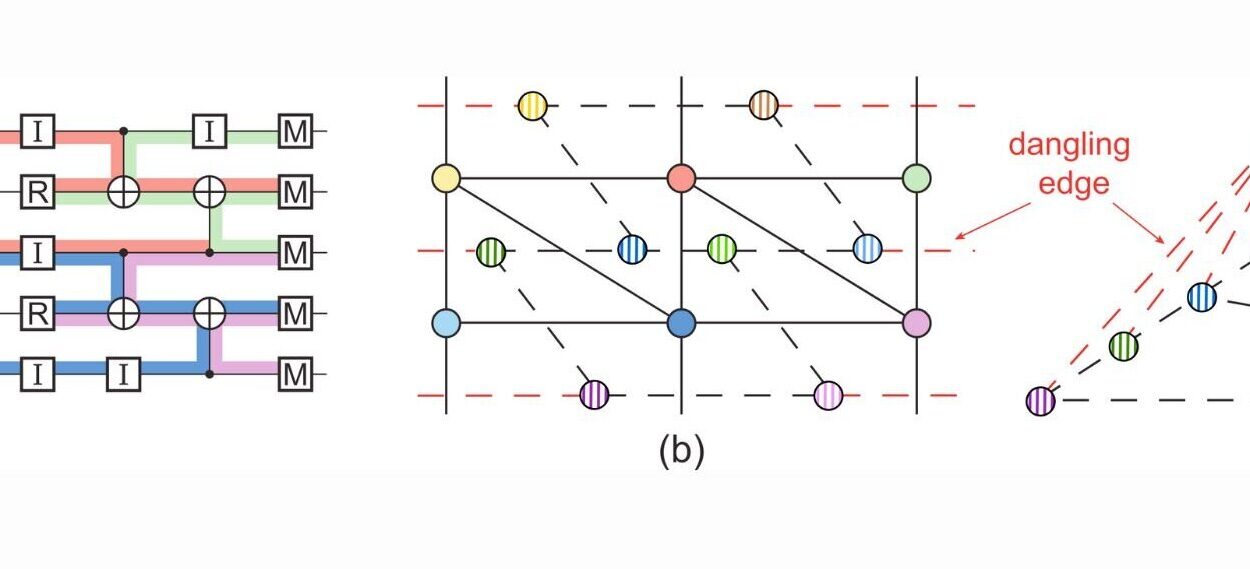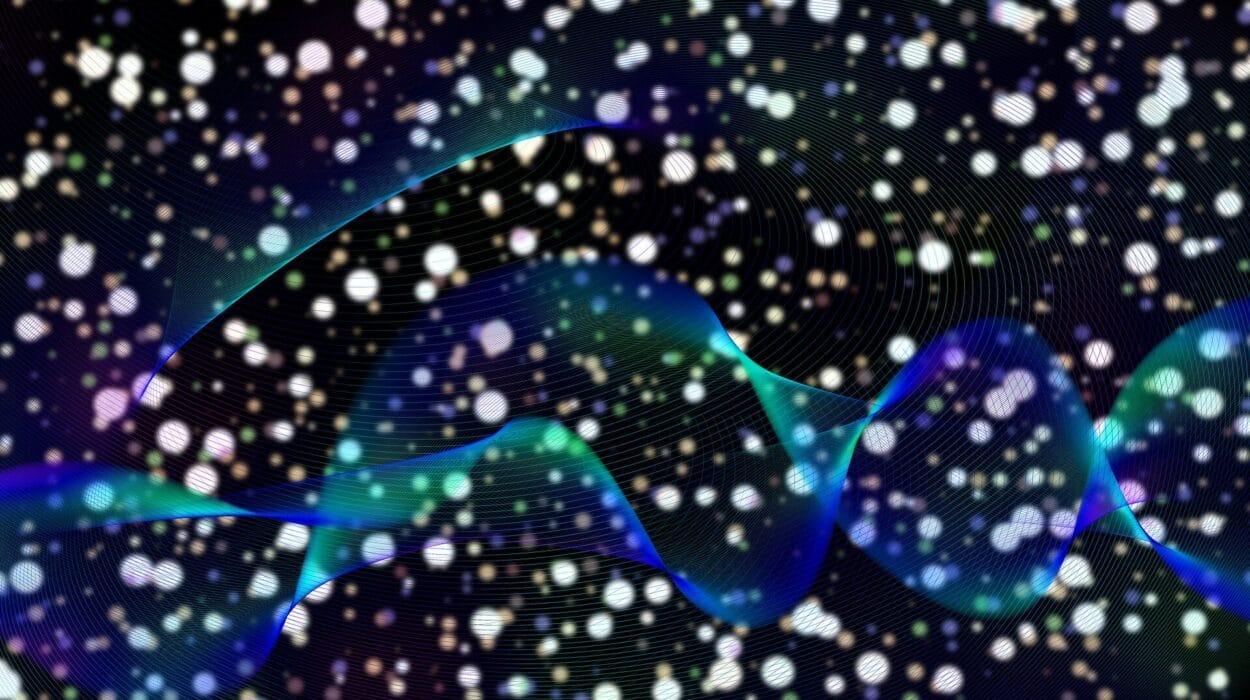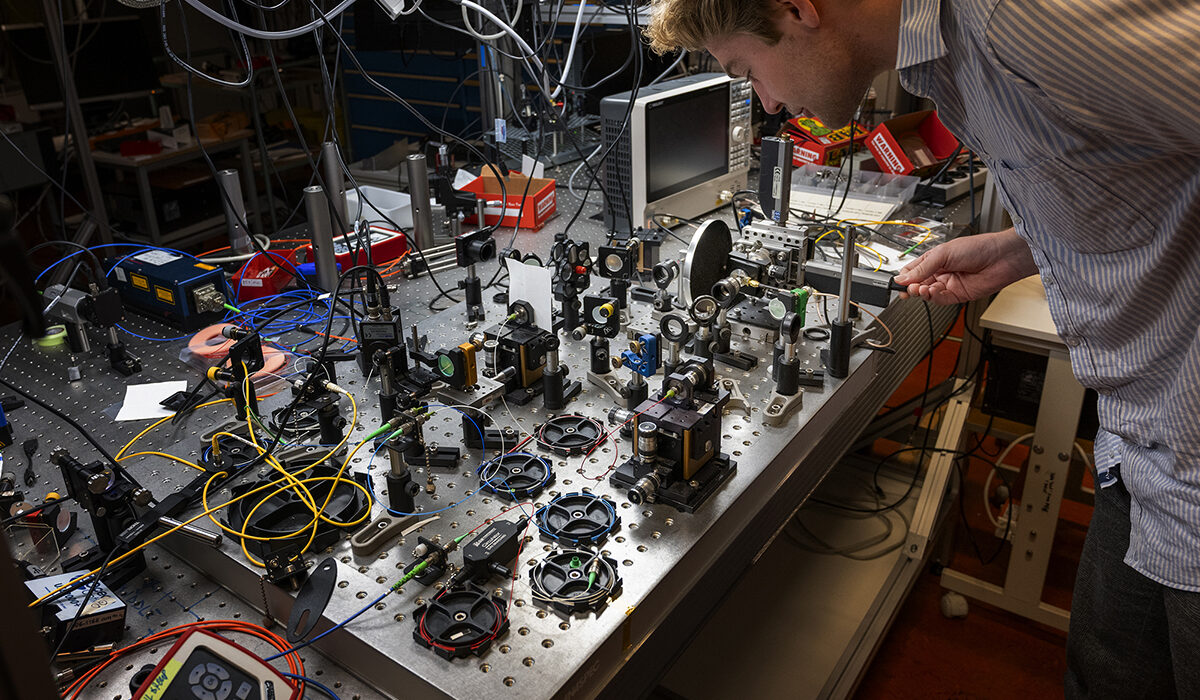In the realm of modern physics, a quiet revolution is unfolding—not in the vast reaches of space or the searing cores of stars, but within materials just a few atoms thick. These are the so-called two-dimensional (2D) materials, where electrons dance across a flatland of quantum possibility, and matter behaves in strange and beautiful ways.
Among the most exciting phenomena arising in these materials are excitons—quasiparticles formed when electrons, energized by light, leap into higher energy states and leave behind a positively charged hole. These oppositely charged entities remain bound together by Coulomb attraction, like a tiny hydrogen atom trapped in a quantum microcosm. Their behavior is central to our understanding of light-matter interactions, and their exotic variations could hold the key to future quantum devices.
Recently, a team of researchers at Heriot-Watt University and several partner institutions made a striking discovery in this frontier: quadrupolar excitons—a new breed of exciton states in naturally stacked bilayers of molybdenum diselenide (MoSe₂) arranged in the highly symmetric 2H-stacking configuration. Their findings, published in Physical Review Letters, are opening new doors in the study of quasiparticles in 2D systems.
The Landscape of Excitons in Bilayer MoSe₂
MoSe₂ belongs to a family of materials known as transition metal dichalcogenides (TMDs), which have become poster children for 2D material research. When exfoliated down to monolayers, these materials exhibit direct bandgaps and strong Coulomb interactions, making them ideal for studying tightly bound excitons.
But stack two layers of MoSe₂ in a 2H configuration, where the atoms are rotated and aligned in a particular symmetry, and the game changes. Instead of simple, single-layer excitons, the system supports interlayer excitons—where the electron resides in one layer and the hole in the other. These are dipolar in nature, exhibiting a built-in electric dipole moment that interacts with applied electric and magnetic fields.
“Bilayer TMDs like MoSe₂ are natural hosts for these dipolar excitons,” said Dr. Mauro Brotons-Gisbert, senior author of the study. “But our focus was on a lesser-known class of exciton states that emerge from their hybridization—states that defy the dipolar norm.”
Quadrupolar Excitons: A New Symmetry Emerges
When electrons and holes in a bilayer TMD interact, they don’t just form static dipolar pairs. Under the right conditions—especially when energy levels align and symmetry permits—they can hybridize, creating more complex quasiparticles.
That’s exactly what the Heriot-Watt team observed. In high-purity bilayer MoSe₂ samples encapsulated in hexagonal boron nitride (hBN), and equipped with dual-gate electrodes to finely tune electric fields, the researchers discovered an exciton state with peculiar behavior.
“We used helicity-resolved reflectance contrast spectroscopy,” explained lead author Dr. Shun Feng. “This technique let us probe how light of different polarizations was absorbed by the material as we varied the applied electric field.”
What they found was striking: while typical dipolar excitons showed a linear energy shift in response to the electric field—consistent with their electric dipole moment—this newly observed state shifted its energy quadratically. That is, doubling the electric field strength led to four times the energy change.
“This was a telltale sign,” Feng continued. “A quadrupolar exciton doesn’t have a net dipole moment. Instead, it arises from the hybridization of two dipolar excitons with equal and opposite dipoles. The result is a symmetric charge distribution with a quadrupolar character.”
Why Quadrupolar Excitons Matter
At first glance, the idea of an exciton with no net dipole might seem unremarkable. But in quantum systems, symmetry is a powerful player. The quadrupolar excitons observed in 2H-MoSe₂ respond to external fields in ways that offer a deeper layer of control—without the drawbacks associated with charge separation in dipolar systems.
“Quadrupolar excitons represent a new regime of excitonic interactions, where symmetry, spin, and layer pseudospin intertwine,” said Professor Brian Gerardot, co-senior author. “Their ability to be manipulated by fields, despite having no net dipole, is both surprising and rich with potential.”
Beyond the physics itself, these excitons could become tools for quantum simulation. Just as ultracold atoms in optical lattices have been used to emulate complex many-body systems, engineered excitons in 2D materials could be harnessed to model strongly correlated quantum states—including those that might be impossible to study in conventional systems.
Stacking, Fields, and the Engineering of Quantum States
To understand the significance of the discovery, it helps to appreciate how tunable these systems are. In bilayer MoSe₂, the relative stacking of the layers (2H vs. 3R vs. twist angles) directly influences the symmetry and electronic coupling. Meanwhile, dual gates enable precise electrostatic control, and encapsulation in hBN reduces disorder and protects the layers from environmental interference.
By adjusting these variables, researchers can effectively sculpt the energy landscape in which excitons form. This flexibility is essential for stabilizing and probing exotic exciton states—such as the quadrupolar species reported in this study.
The team’s theoretical models, developed in tandem with the experimental work, confirmed that the observed optical response was consistent with the hybridization mechanism they proposed. These models suggest that under certain symmetry-preserving conditions, quadrupolar excitons should be a general feature of bilayer TMDs—not just a quirk of MoSe₂.
A Glimpse Toward the Future of Quantum Excitonics
This work is more than just a proof of concept. It marks a new direction in excitonics, where researchers are not merely observing but designing exciton states with specific symmetries, interactions, and responses.
“From a practical standpoint, quadrupolar excitons could help minimize energy losses in exciton-based devices,” said Brotons-Gisbert. “Since they don’t exhibit charge separation like dipolar excitons, they may have longer lifetimes and more coherent behavior—features desirable for optoelectronic and quantum computing applications.”
The researchers are already planning follow-up studies. Their next goals include exploring exciton-exciton interactions, forming multi-exciton complexes, and inducing controlled symmetry breaking via strain or twist angles. By applying external perturbations—mechanical, electrical, or magnetic—they hope to unlock quantum phase transitions in excitonic matter, such as Bose-Einstein condensation or even fractionalized excitonic states.
Conclusion: A Quantum Ballet in Flatland
The discovery of quadrupolar excitons in bilayer MoSe₂ is a testament to the rapid maturation of 2D materials research. What began as curiosity-driven experiments with exfoliated monolayers has blossomed into a robust, multifaceted field at the frontier of condensed matter physics and quantum engineering.
As researchers continue to delve deeper into the exciton zoo—dipolar, quadrupolar, and beyond—they are not just mapping uncharted terrain. They are building a toolkit for future quantum technologies, from ultra-sensitive sensors to room-temperature quantum simulators.
In the shimmering landscape of atomically thin materials, where light and matter intermingle in intricate dances, quadrupolar excitons offer a new choreography—one that may yet shape the quantum devices of tomorrow.
Reference: Shun Feng et al, Quadrupolar and Dipolar Excitons in Bilayer 2H−MoSe2, Physical Review Letters (2025). DOI: 10.1103/PhysRevLett.134.166901
